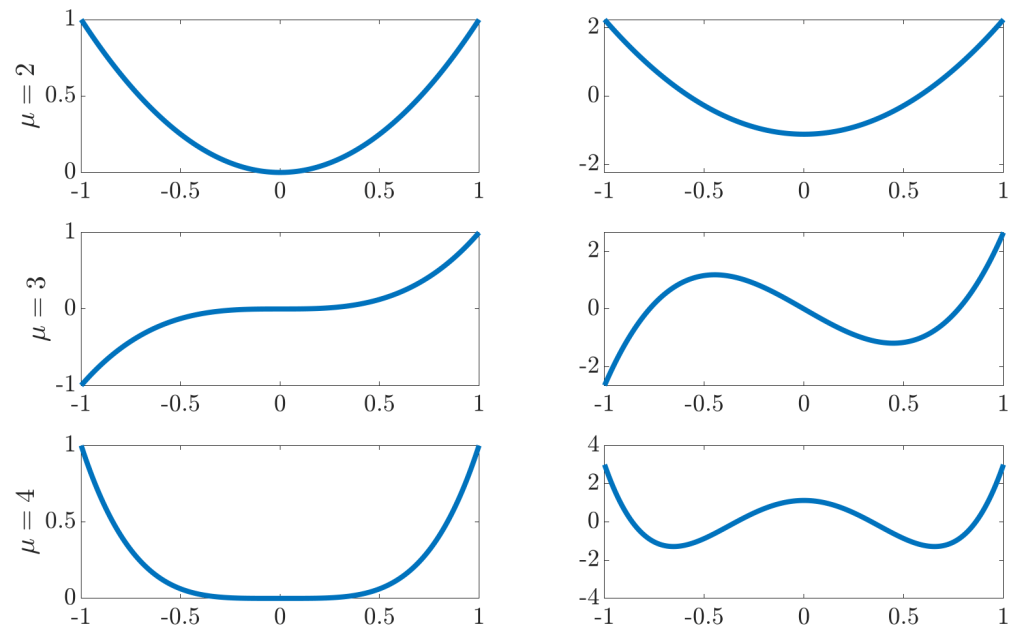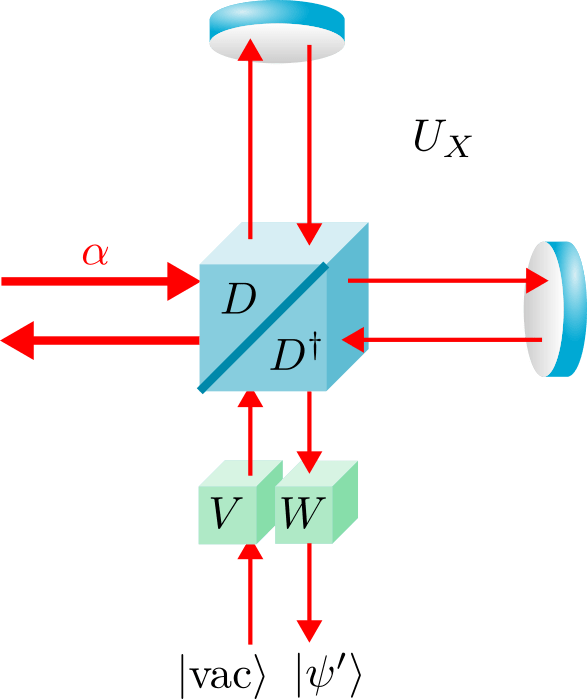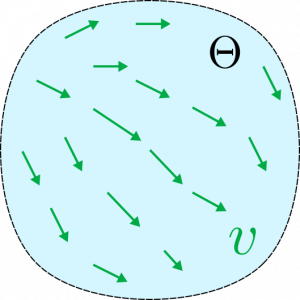Xiao-Jie Tan, Luo Qi, Lianwei Chen, Aaron J. Danner, Pakorn Kanchanawong, and Mankei Tsang, “Quantum-inspired superresolution for incoherent imaging,” Optica 10, 1189-1194 (2023). [Open Access]

Experiment on quantum-inspired superresolution by our student Xiao-Jie Tan and postdoc Luo Qi. Using spatial-mode demultiplexing (SPADE), we demonstrate that we are able to find the locations of two subdiffraction point sources accurately, not just their separation. For extended objects that consist of multiple point sources, we also demonstrate that we are able to estimate their properties in terms of the moments.
Still very classical and proof-of-concept, but Luo Qi and Xiao-Jie Tan are working hard to demonstrate something more significant in the next few months.





